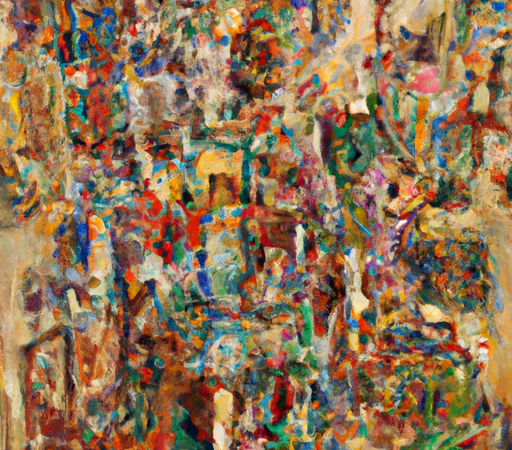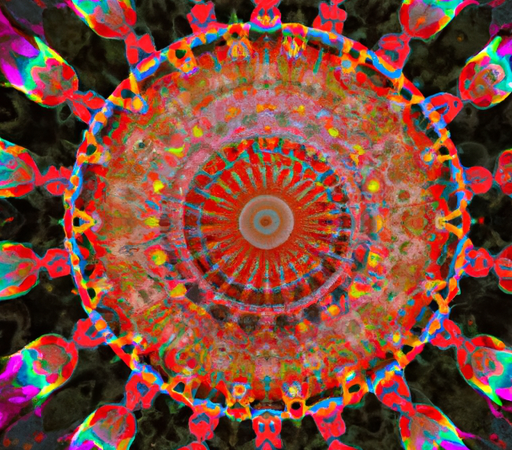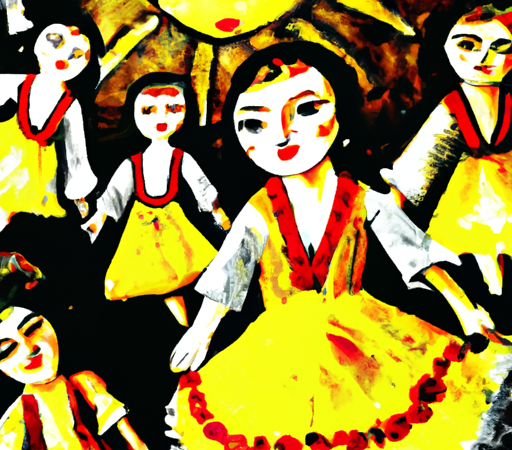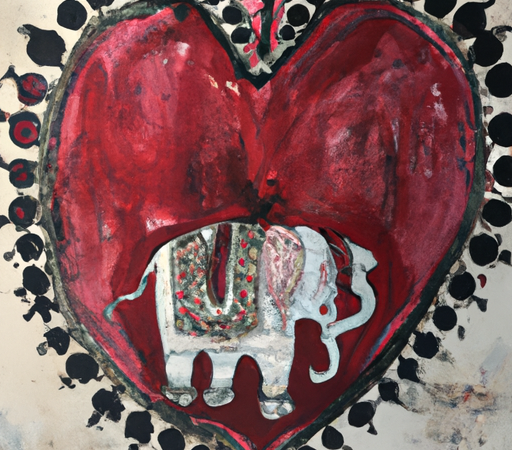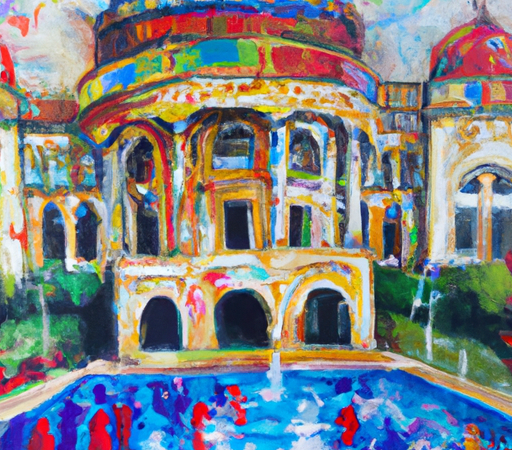Art for the Ages: The Enduring Influence of Masterpieces on Contemporary Culture

Art for the Ages: The Enduring Influence of Masterpieces on Contemporary Culture
Throughout history, art has played a vital role in shaping and reflecting the cultural fabric of society. From ancient cave paintings to modern-day installations, masterpieces have consistently left a lasting impact on the world. These enduring works of art not only captivate audiences with their beauty and creativity but also provoke thought and transcend time, continually influencing contemporary culture.
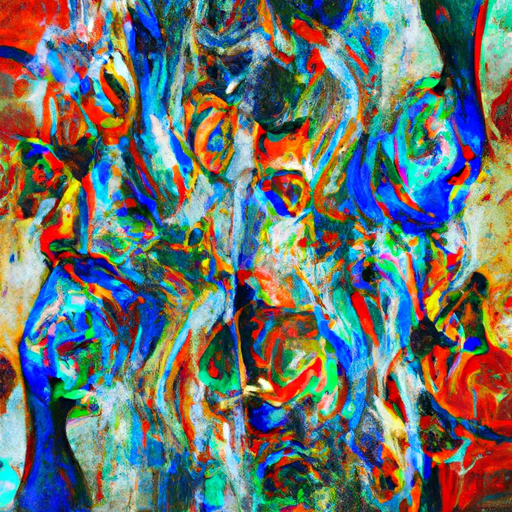
One remarkable aspect of art is its ability to transcend generations. Masterpieces from centuries past still resonate with us today, proving that human emotions and experiences are universal and timeless. Take Leonardo da Vinci's Mona Lisa, for example. This enigmatic portrait, painted in the 16th century, remains one of the most famous and influential artworks in history. Its enigmatic smile and penetrating gaze continue to captivate millions of visitors who flock to see this masterpiece in the Louvre Museum in Paris each year. The Mona Lisa's influence extends far beyond the art world; she has been referenced in literature, cinema, fashion, and even advertisements, cementing her status as an icon that transcends time.
Another enduring masterpiece that has left an indelible mark on contemporary culture is Vincent van Gogh's Starry Night. Painted in 1889 during a period of personal turmoil for the artist, the work depicts a night sky filled with swirling brushstrokes and vibrant colors. Van Gogh's expressive style and emotional intensity have made Starry Night a beloved and instantly recognizable artwork. Reproduced on countless posters, t-shirts, and even coffee mugs, this masterpiece has become a symbol of creativity, passion, and the human struggle. Its influence is not limited to the visual arts; Starry Night has been referenced in literature, music, and popular culture, reminding us of the transformative power of art across different mediums.
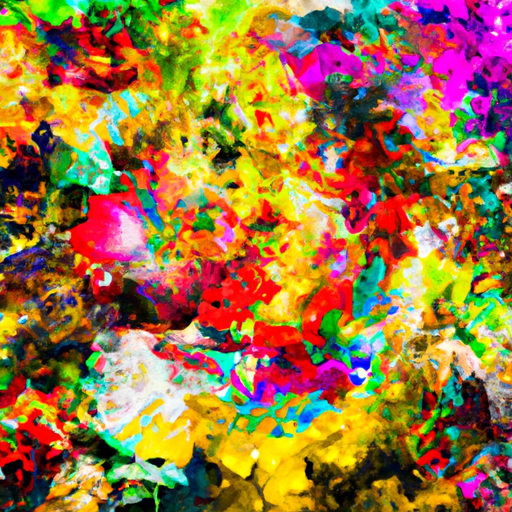
From ancient Greek sculptures to Renaissance paintings and modern installations, masterpieces throughout history have consistently pushed the boundaries of creativity and influenced contemporary culture. Michelangelo's David, a marble statue created in the early 16th century, is one such masterpiece that has a lasting impact on the art world. This iconic work not only showcases the mastery of the human form but also embodies the ideals of beauty, strength, and courage. David's influence can be seen in various forms today, including advertisements, design, and even body image standards. The statue has become synonymous with perfection and has set the benchmark for artistic, as well as physical, excellence.
Moreover, masterpieces from different cultures have played a significant role in shaping contemporary perspectives and promoting cross-cultural understanding. The Great Wave off Kanagawa, a woodblock print created by Japanese artist Katsushika Hokusai in the early 19th century, exemplifies this influence. This iconic work has transcended its original context to become a global symbol of Japan and its rich artistic heritage. It has inspired countless artists, designers, and filmmakers worldwide, shaping the way people perceive and appreciate Japanese culture.
In conclusion, masterpieces of art have a timeless and enduring influence on contemporary culture. These works bridge the gap between past and present, reminding us of our shared human experiences and emotions. From the Mona Lisa's mysterious smile to Starry Night's emotional intensity, and from David's perfection to The Great Wave off Kanagawa's cross-cultural impact, art masterpieces continue to captivate and influence us in profound ways. Their endurance serves as a reminder that art transcends time, space, and cultural barriers, continually shaping the ever-evolving fabric of our society.

